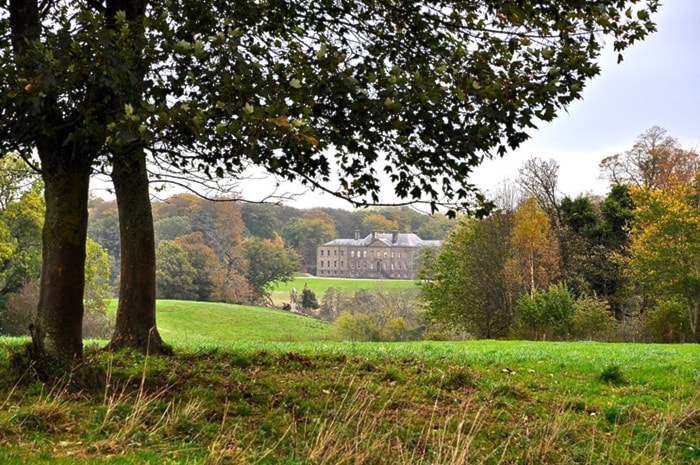Downton Abbey has its fair share of colourful upstairs-downstairs characters, but only Erddig in Wales can claim a Spider-Brusher to the Master.
Housemaid Jane Ebbrell, wife of the Erddig coachman, faithfully served estate owner, Philip Yorke I, her entire working life. When Yorke wanted to reward her with a pensioned retirement, she flatly refused. Presumably Jane felt a pension was a form of charity, something she wouldn’t abide.
Yorke solved the dilemma with a feather duster. Jane could flick away any stray spiders she spotted, thereby continuing, in all good conscience, to earn her keep until she died at the age of 87. But, in a way, Jane is still working.
From 1791 to 1793 Philip 1 wrote poetry about his servants, and commissioned John Walters, and other local artists, to incorporate his poetry into their portraits. Ten of the paintings survive, and visitors to Erddig (pronounced Erthig) are proudly “introduced” to the now-famous below-stairs staff by room guides.
Steve, the Servants Hall guide on duty during my visit, told me the Spider-Brusher tale. He also pointed out Thomas Rogers, the estate carpenter saved from a press gang. Those were the guys who forcibly enlisted men into the navy.
 Thomas cleverly pleaded for a farewell word with his master. Yorke immediately paid off the press gang thereby rescuing his carpenter from, as Steve said, an unwanted life on the ocean waves. Thomas remained a dedicated servant for another 40 years.
Thomas cleverly pleaded for a farewell word with his master. Yorke immediately paid off the press gang thereby rescuing his carpenter from, as Steve said, an unwanted life on the ocean waves. Thomas remained a dedicated servant for another 40 years.
Joshua Edisbury built the house and formal walled gardens in 1684 before going bankrupt in 1709.
The new owner, John Meller, expanded the home, elegantly furnished it, and, having no heirs, bequeathed it to his nephew Simon Yorke in 1733.
For the next 240 years the Yorke family, all named either Simon or Philip, lovingly cared for the property and its family retainers.
By the time the last Erddig squire, Philip lll, died in 1978, he had successfully enticed the National Trust to accept and restore the his cherished family home. Despite some initial skepticism at taking on another dynastic property, a tour of Erddig left directors in no doubt that the downstairs alone was a living document of a bygone era. Sculleries, kitchen, equipment, servants quarters, stable yard and more remained almost precisely as the old staff had left it.
Not only had Philip saved his house and gardens, he had the pleasure of welcoming guests to it after some National Trust restorations.
My visit concluded appropriately with tasty home-cooked bangers and mash for lunch in the sunny restaurant overlooking the stable yard. The second-hand bookshop deserved a few minutes before departure, as did the local products and plants in the gift shop.
I suggest exploring Wales by car, bike, or by joining a hiking tour. Roads are winding, but traffic is generally light. I’m sure you’ll appreciate some leisurely flexibility to savour the castles of North Wales, the wild sweeping coastline and unique landmarks like Erddig. Travel light, though. Staircases in some older properties may be a challenge for some.
My interview taped in the Erddig Servants Hall, and another with a falconer at Caernarfon Castle, can be found at www.youtube.com/user/YouTravel1
For detailed information, visit: Erddig: http://www.nationaltrust.org.uk/erddig
Visit Wales: www.VisitWales.com
